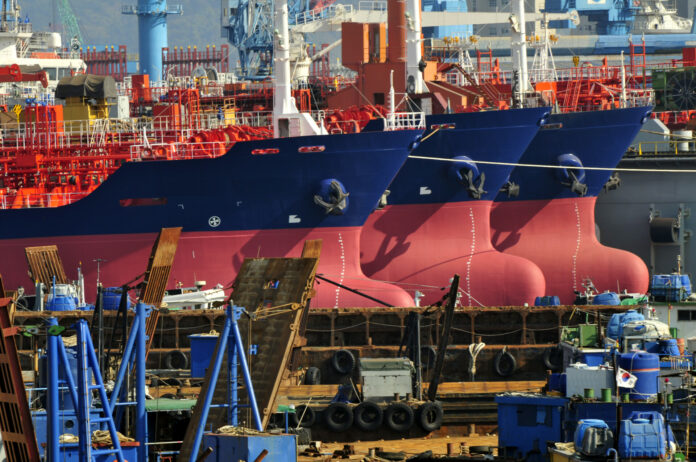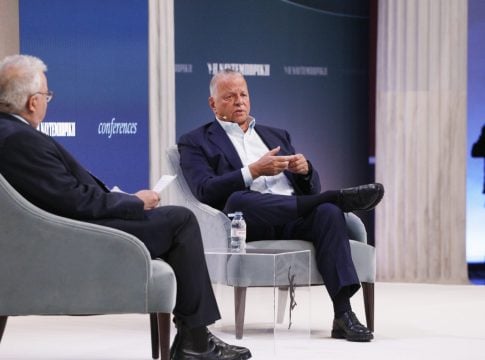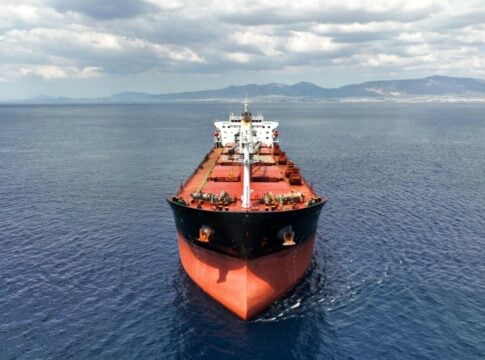According to Clarksons latest figures, shipbuilding numbers seem to be varying in different industries.
More specifically, certain sectors, such as LNG carriers, containerships, and product tankers of the LR2 (Long Range 2) type, have a large number of ships under construction compared to the existing fleet, while others, such as bulk carriers and crude oil tankers, they have a very low order book. At the same time, however, and despite the fact that the order book remains at an average of 10% of existing global capacity, the China Association of Shipyards (CANSI) is sounding the alarm, expressing concerns about a possible excess shipbuilding production capacity, as the boom in orders has breathed new life into previously closed facilities.
“Some shipbuilding companies that had closed down have reactivated and joined the market to take on new orders. There are signs of increasing shipbuilding capacity,” said CANSI, whose data showed Chinese shipbuilders acquired new orders of 37.7m dwt in the first half of 2023, up 67.7% year-on-year. Vessel completions increased by 14.2%, to 21.3 million dwt.
The top 10 players in this sector made 61.3% of orders, while accounting for nearly 68% of completed builds during the period. This difference shows that new players continue to enter the game.
One such case is China’s Hengli Heavy Industries, which emerged from the restructuring of bankrupt STX Dalian, in which Greek shipbuilder George Prokopiou has recently made an order.















